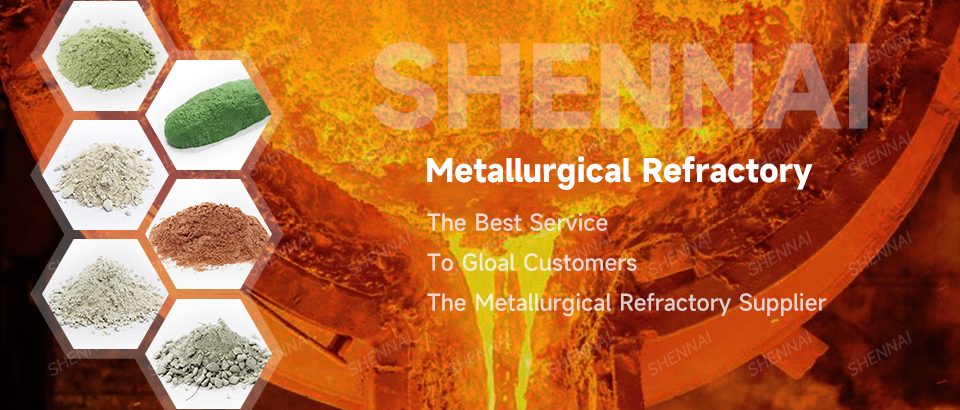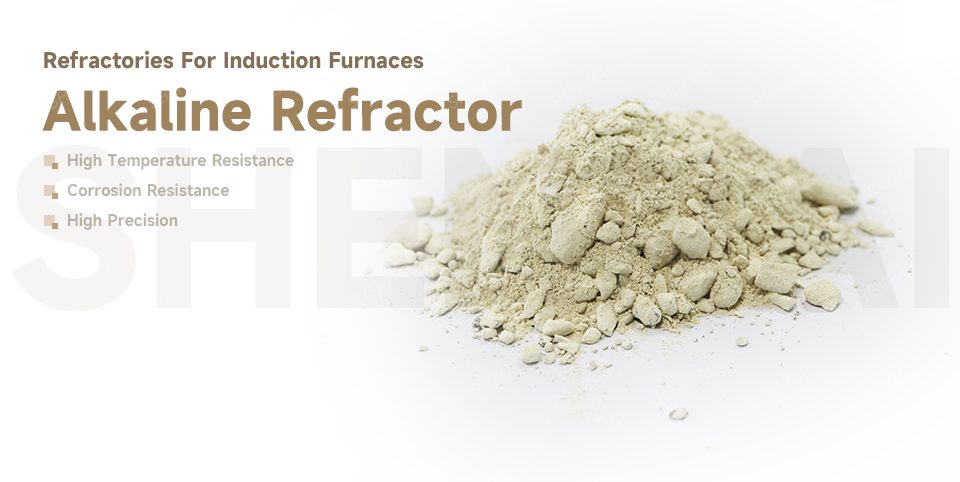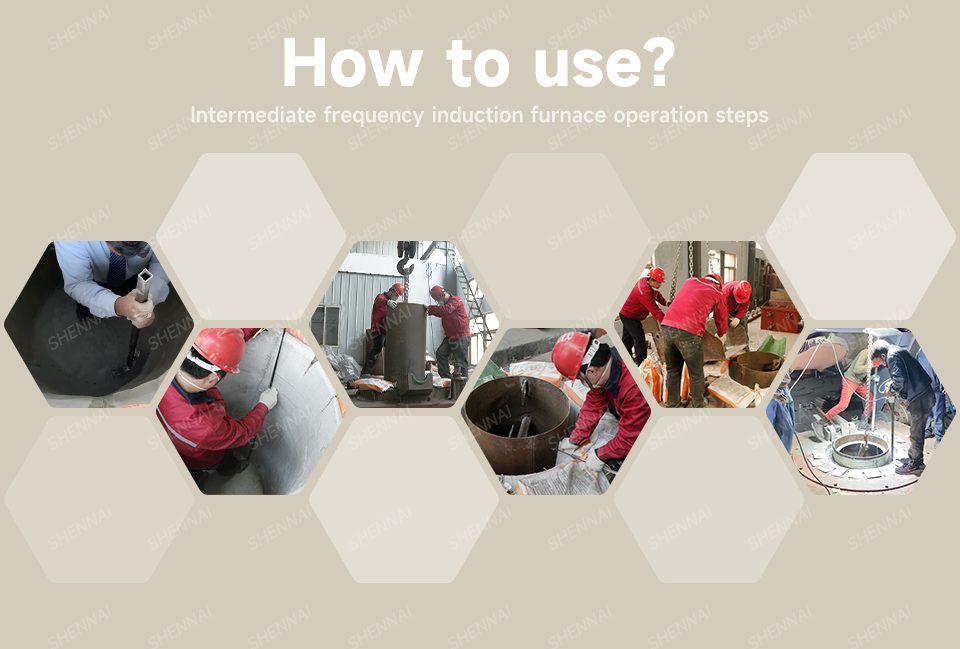- Tel:+8613007564317
- Email:[email protected]
Products

Alkaline Refractory

Characteristics Of Alkaline Refractories
Generally refers to the refractory material with magnesium oxide or calcium oxide as the main component. This kind of refractory material has high refractoriness and strong ability to resist alkaline slag. Mainly used in basic steelmaking furnaces and non-ferrous metal smelting furnaces, and the cement industry often uses such materials.
Scope Of Application
The medium frequency induction melting furnace lining has high refractory temperature, good corrosion resistance to alkaline, neutral and weakly acidic slag, and has a long service life and high cost performance.
↔ Swipe left and right
| Ingredients and Specifications | Typical Physical Properties | Curing Time | |||
| Ingredient | Percentage | Characteristic | Parameter | State | Time |
| Al₂0₃ | 92 | Density | 1.75Kg/cm³ | Strengthen | 1Hr |
| SiO₂ | 1 | Water content per 50Kg | 6~7L | Initial curing | 5Hrs |
| Fe₂0₃ | 0.3 | Shrinkage (casting/drying) | 0 | Final curing | 24Hrs |
| CaO | 4.6 | Shrinkage rate when burning at 1310℃ | 0.002 | ||
| Ti0₂ | 1.8 | maximum temperature | 1760℃ | ||
| For reference only, please contact us if you have any questions | |||||
↔ Swipe left and right
Refractory Selection For Melting Different Products

Other Materials
If you have any questions, please contact us.
We will get in touch with you as soon as possible

We will get in touch with you as soon as possible
